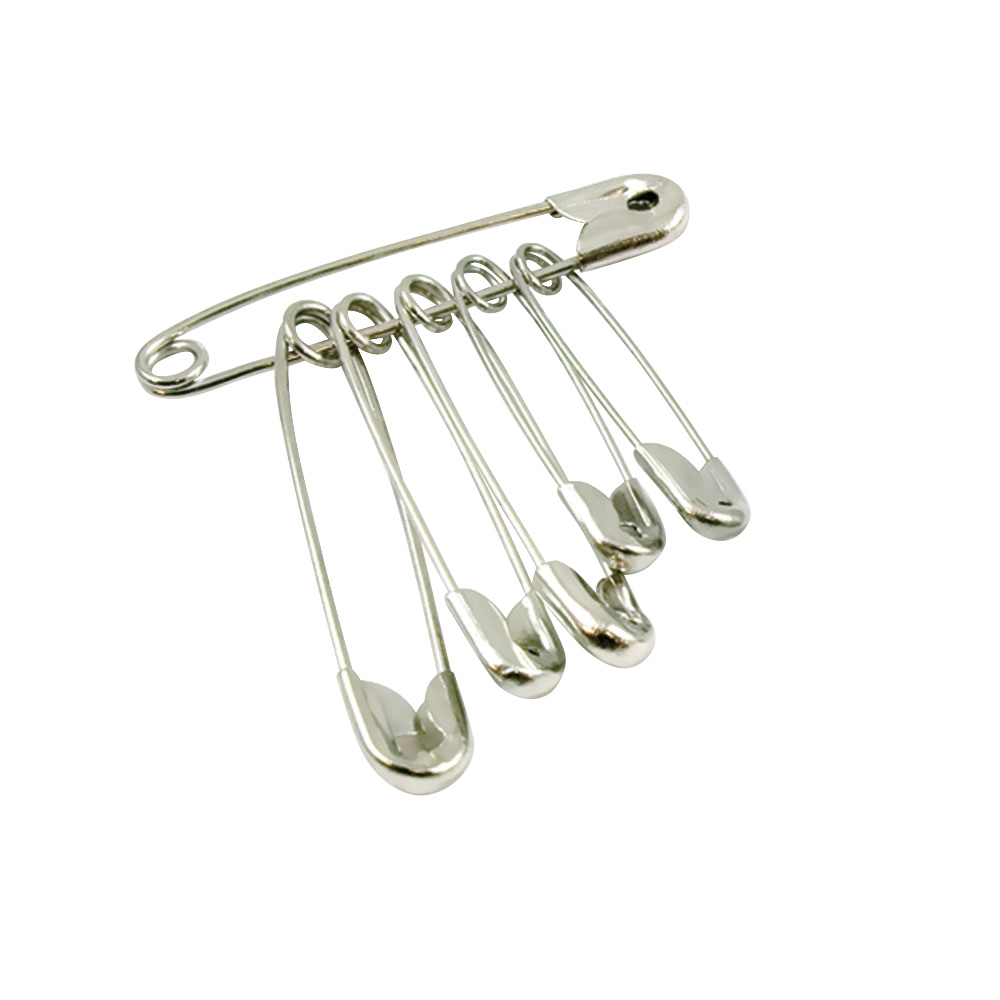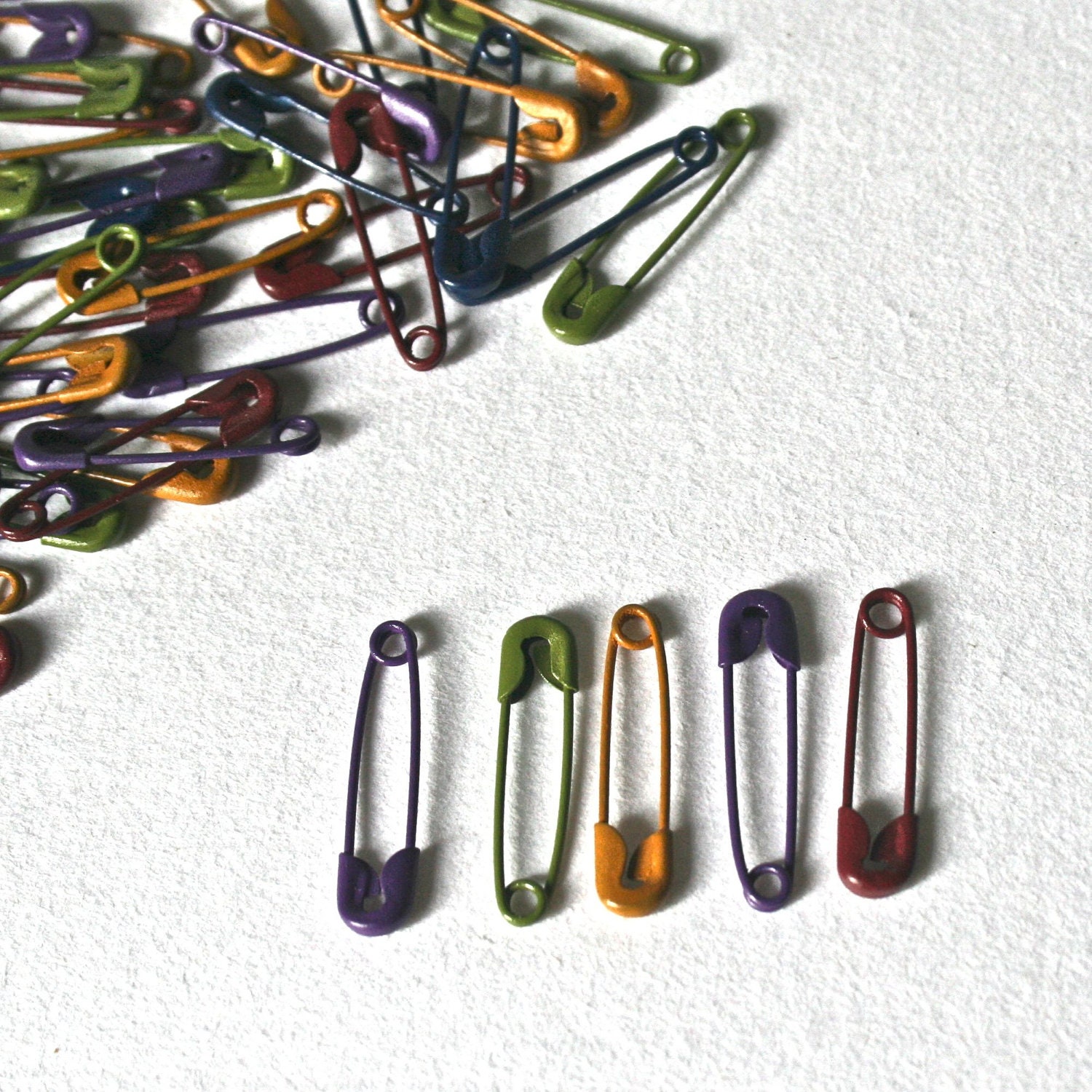


The four parts of a Fibula are the Body, the Pin, the Spring, and the Hinge. Most fibulae are made of bronze or iron, but some were encrusted with jewels, decorated with enamel, glass, coral or bone. The Latin Fibula is an ancient precursor to the safety pin, used in the ancient and early medieval world to keep togas, cloaks, hoods, and other kinds of clothing fastened in place, replacing the straight pins used in the Neolithic period and the Bronze Age. A law was passed forbidding the wearing of the Athenian-style tunic. Herodotus’s Histories mention the long, dagger-like pins Athenian women used to fasten their tunics, and recount the murder of an Athenian soldier by a group of angry women who stabbed him to death with their cloak pins. It had twelve beautifully made pins of pure gold with which to fasten it and gleamed like sunlight… Antinous’s man returned with a large and lovely dress most exquisitely embroidered. The others applauded what Antinous had said, and each one sent his servant to bring his present. Then Antinous said, “Queen Penelope, daughter of Icarius, take as many presents as you please from any one who will give them to you it is not well to refuse a present but we will not go about our business nor stir from where we are, till you have married the best man among us whoever he may be.” In Homer’s Odyssey, Antinous, (one of the unscrupulous suitors of Odysseus’ wife Penelope) presents Penelope with a gift of jeweled pins in an attempt to seduce her: A Visual History of the Safety Pin Antiquity


 0 kommentar(er)
0 kommentar(er)
